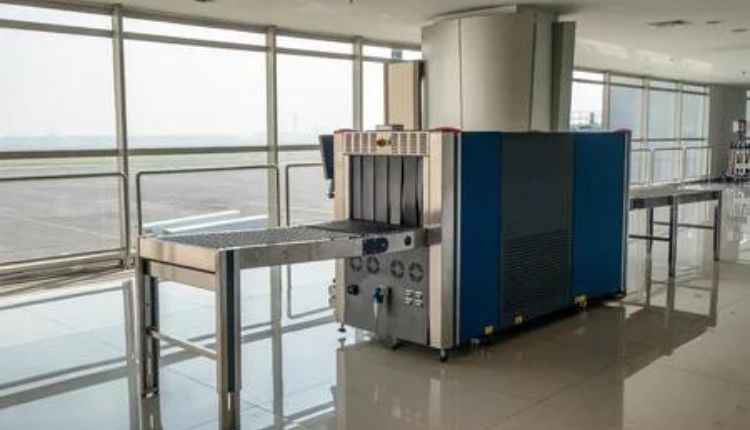Those looking to acquire the greatest metal detectors ever created frequently ignore the secret to finding the best handheld metal detector ever manufactured. The key is to choose a detector that you are familiar with, as this will make it easier for you to master the equipment and utilize it effectively.
To each metal detector user, comfort means something different. To some, the greatest metal detectors are ones made by a specific brand, such as White’s, Garrett, Tesoro, and other manufacturers. Others compare it to the feel and balance of a metal detector. It could also be linked to the price of the metal detector. Each of these will be discussed further down.
Buyers’ Guide to Metal Detectors
The more experienced metal detectorist will almost certainly choose a model and will be familiar with the words and jargon listed below.
Please answer the following two questions to determine which detector is best for you:
1) What different kinds of targets will I be looking for?
Will you be looking for gold, coins, artifacts, or jewelry when you go metal detecting? What will you be looking for (seashores, parks, fields, or underwater)? These subquestions will make answering the first query above easier in the end.
2) How much money am I willing to spend?
Metal detecting is a sport that both gives exercise and the potential to earn money.
However, if you’re new to the hobby, you don’t want to spend a lot of money on a detector that you won’t use.
I recommend that beginning detector hobbyists keep detectors under $250. Other costs, such as accessories, must also be considered when making a decision.
After you’ve answered the following questions, you may begin comparing metal detectors for sale.
Metal Detectors Come in a Variety of Formats:
1) TR (Transmitter/Receiver) is the first metal detection technique based on the Induction Balance (IB) principle. This type of technique is no longer used in modern detectors.
2) Beat Frequency Oscillation (BFO) is an older technology that is nonetheless relatively inexpensive to produce. These types of detectors had a limited ability to distinguish between different metals. It’s usually found in lower-cost detectors and isn’t used by most enthusiasts.
3) The most common detectors are VLF (Very Low Frequency) detectors, which are excellent at differentiating between different types of metals. The phase shift inside the returning signal from the metallic object is analyzed using VLF detectors to detect metal.
4) Pulse Induction (PI) detectors send out a pulse of radio frequency energy and wait for a response (similar to radar). Because they are unable to distinguish between different types of metals, these detectors are generally used in highly mineralized soils such as seashores or saline water. The ability of x ray baggage scanner to identify very deep metal targets is one of their advantages.
Detector Specifications:
- The Detection Alert feature might be quite useful: In cheaper VLF variants, the detector emits a constant auditory tone that changes when the detector detects a metal target. Because a person must distinguish between the several tones, it may be difficult to discern if a goal has been identified using this detection notice. When the detector finds a metal target, the opposite form of detection alert is an audible beep. This is very useful for newcomers to the sport because you’ll hear a different audio tone for different targets and only when a target is spotted.
- Target ID: Some detectors cannot only determine when they’ve found a metal target, but they can also tell what kind of metal target they’ve found (iron, penny, nickel, dime, quarter, silver, gold, pull tab, and so forth). Metal detectorists may find Target ID useful because it allows them to determine what type of metal the target is before digging it up. However, some Target IDs are incorrect, and we recommend that when you first start metal detecting, you dig each sign to get a feel for your new detector.
- The Sensitivity: function allows the metal detectorist to change the gain of the detector to increase or decrease its metal sensitivity. This is useful if you’re looking for a particularly deep metal goal (turn-up sensitivity).
- Discrimination: is a useful feature that helps a metal detectorist to distinguish between different types of signs when searching. If the hobbyist isn’t serious about iron, for example, they may program their discrimination to ignore all cues that iron targets reveal.
In this post, the basic detector options were discussed. Other features vary between manufacturer brands, and each function should be considered before determining which detector to purchase.
Final Thought
As you can see, there are a lot of factors to think about while looking for the best metal detectors. It will differ from person to person and can only be discovered through trial and error. One may be recommended by a user, but it may not be appropriate for you. You may need to try a few different metal detectors overtime to locate the one that works best for you, but don’t give up. You’ll find them if you practice in the field!

